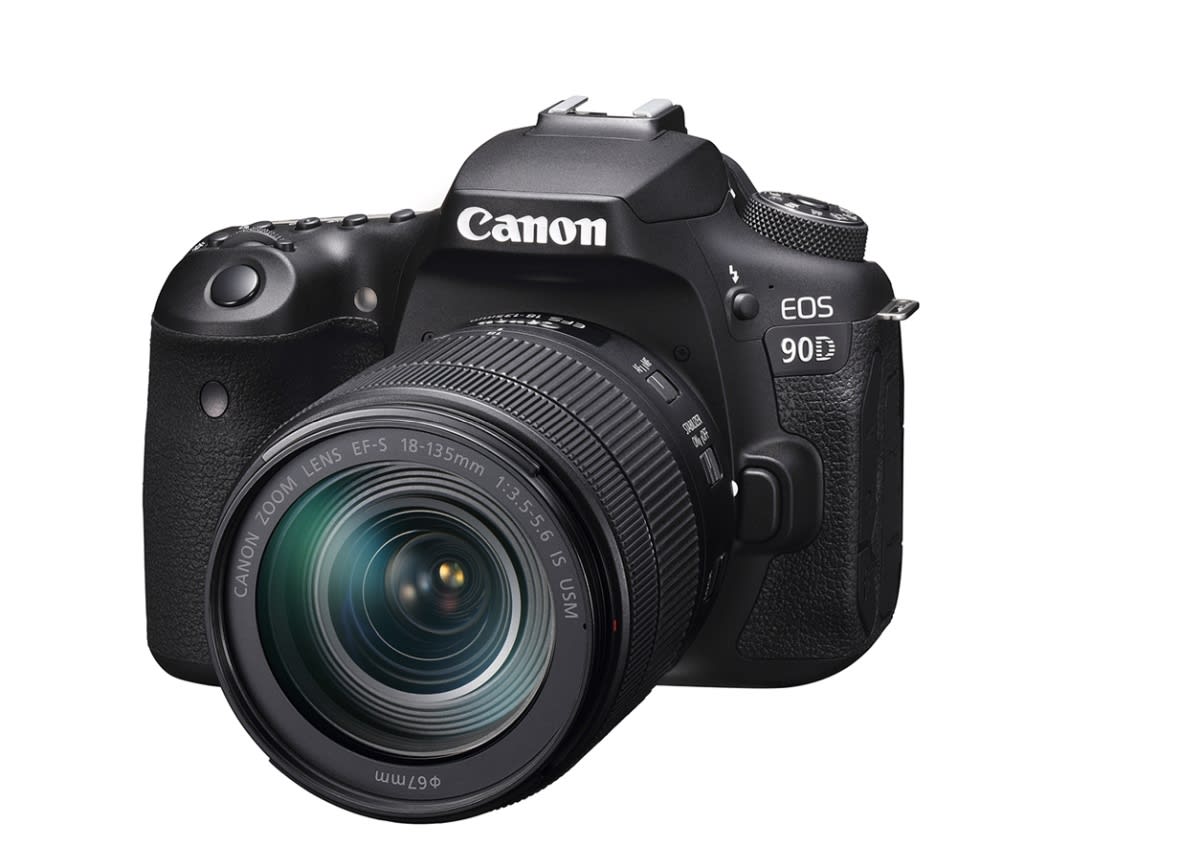
Have any interest in bringing an interchangeable-lens camera along on your next snorkeling adventure? You could pick up a pricey DSLR housing, sure, but you might want to consider Nikon's new 1-Series AW1, the first digital device of its kind to score an integrated waterproof enclosure. An O-ring combines with a regular bayonet lens fitting to create a reassuringly tough seal that will survive down to a depth of 49 feet, at the expense of requiring just a little bit more time and physical effort to swap lenses. You'll need to re-surface before attempting that, of course, and you'll also have to make sure you're using one of just two waterproof pieces of glass: either a 11-27.5mm f/3.5-5.6, which comes as part of the kit, or a wide 10mm f/2.8 lens that is sold separately. Regular 1-series lenses will still fit on the AW1, courtesy of a little accessory, but they won't offer any of the ruggedness of the dedicated pair -- which means you'll miss out on the water-proofing, dust-proofing, freeze-proofing (to 14-degrees Fahrenheit) and shock-proofing (from a maximum drop of 6.6 feet).
Internally, the AW1 is similar to the CES-era J3. There's the same 14.2-megapixel CX-format sensor and 6400 top ISO, along with 1080p video capture, but the new model adds thrill-seeker essentials like an altimeter, depth gauge, GPS, compass and an accelerometer-powered option for switching modes with one hand. Finally, at risks of startling the little fishes, there's also pop-up flash that works underwater. All this will set you back $800 with the 11-27.5mm lens, when the AW1 ships next month, while the 10mm f/2.8 will be $200 more. Oh, and check out the hands-on video after the break to see how the AW1 fares in our own, hastily compiled durability test.
Update: As some particularly knowledgeable readers have spotted, the AW1 is the first digital waterproof ILC, but not the first if you count the celluloid Nikonos series. Thanks guys -- the post has been tweaked.
Sharif Sakr contributed to this report.
%Gallery-slideshow85051%%Gallery-slideshow88714%
Filed under: Cameras, Nikon
Comments
 Photographers interested in mid-range models have a couple of new options now, since Canon has officially announced the EOS 90D DSLR and mirrorless EOS M6 Mark II. The announcement confirms specs that leaked last week, with both cameras sharing quite...
Photographers interested in mid-range models have a couple of new options now, since Canon has officially announced the EOS 90D DSLR and mirrorless EOS M6 Mark II. The announcement confirms specs that leaked last week, with both cameras sharing quite...
 Photographers interested in mid-range models have a couple of new options now, since Canon has officially announced the EOS 90D DSLR and mirrorless EOS M6 Mark II. The announcement confirms specs that leaked last week, with both cameras sharing quite...
Photographers interested in mid-range models have a couple of new options now, since Canon has officially announced the EOS 90D DSLR and mirrorless EOS M6 Mark II. The announcement confirms specs that leaked last week, with both cameras sharing quite...













